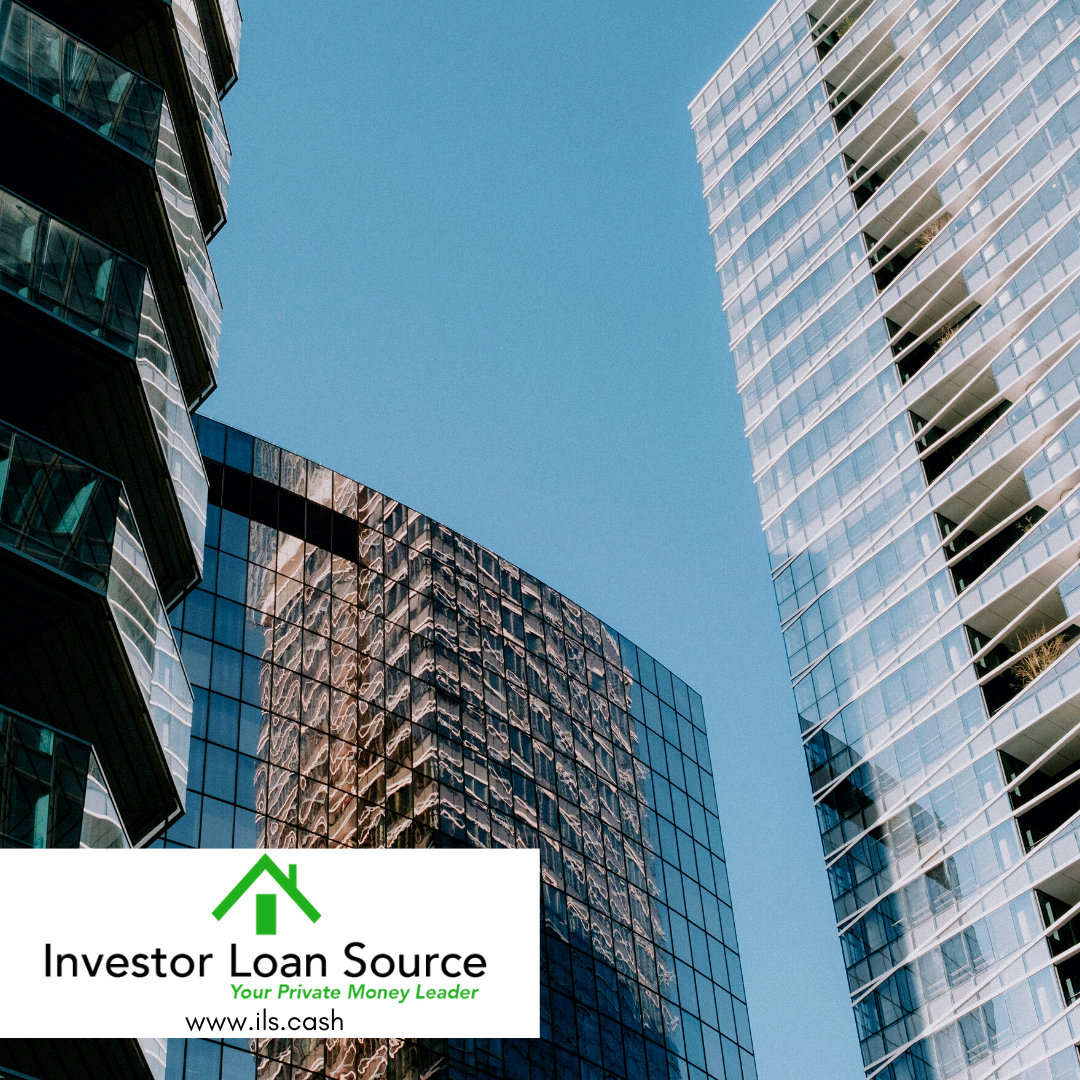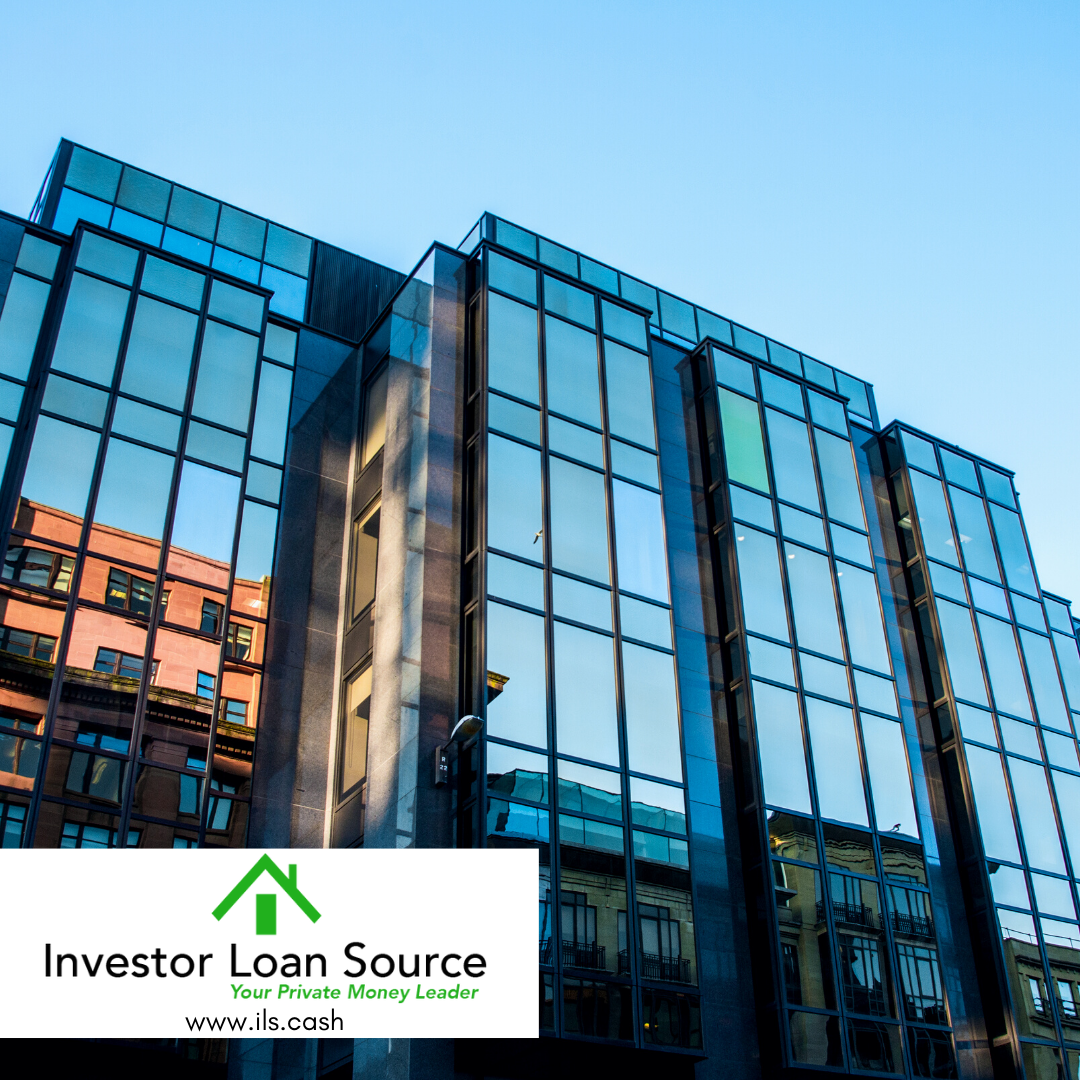Are you ready to take the plunge into real estate investing? Before you do, it is important to take a moment to think about why you are investing in real estate in the first place. Discovering your “why” is an essential part of being successful in real estate investing. When you understand your motivation, you will be better equipped to make sound decisions and build your business with focus and purpose. In this blog post, we will explore how finding your “why” can help you become a successful real estate investor.
What is Your “Why”?
As a real estate investor, it’s important to understand your “why” – your purpose for investing in the first place. Are you looking to build wealth and financial stability through rental properties, or do you see real estate investing to supplement your income? Do you want to try the BRRRR (Buy, Rehab, Rent, Refinance, Repeat) strategy to grow your portfolio, or are you interested in building passive income through long-term rentals?
Once you identify your “why,” you’ll have a clearer focus on your goals and a roadmap to help you achieve them. Whether it’s building wealth for your future, providing financial security for your family, or simply pursuing your passion for real estate, knowing your “why” will help you make better investment decisions.
So take some time to reflect on your goals and aspirations for real estate investing. Are you looking to build long-term wealth, generate cash flow, or create financial freedom? Whatever your reason, understanding your “why” is the first step towards achieving success in the real estate investing game.
How Will Knowing Your “Why” Help You Reach Your Goals?

Knowing your “why” is crucial in the world of real estate investing because it helps you sharpen your focus and make better decisions. With a clear understanding of your investment goals, you can identify which strategies are most likely to get you to where you want to be, faster. Additionally, knowing your why can help you determine your risk tolerance, which is essential in investing. For instance, if your goal is to build wealth over the long term and you’re starting young, you might be comfortable exploring higher-risk and higher-reward investments. However, lower-risk investments might be a better option if you’re older and trying to preserve or grow your retirement nest egg.
Moreover, having a strong why can keep you motivated and focused on achieving your goals. When you encounter challenges or setbacks in your real estate investing journey, remembering your why can help you stay on track and not lose sight of your vision.
What Are Some Ways to Discover Your “Why”?
If you’re struggling to identify your “why” in real estate investing, there are a few things you can do to help clarify your goals and motivations.
- Brainstorm: Take some time to sit down and brainstorm what you’re passionate about. Consider your hobbies, interests, and the things that excite you. Think about how real estate investing can help you achieve those passions.
- Dream: Think big! Imagine what kind of life you want for yourself and your family. Consider what kind of impact you want to have on your community. How can real estate investing help you achieve those dreams?
- Research: Take the time to research successful real estate investors and how they got started. Learn from their experiences and use their strategies to help define your own “why.”
- Reflect: At the end of each day, take a moment to reflect on what matters most to you. Write down your thoughts and feelings and consider how real estate investing can help you achieve those priorities.
Remember, discovering your “why” is a personal journey, and there is no one right answer. However, by taking the time to consider your passions, dreams, and priorities, you can gain clarity and focus on your real estate investing strategy. With a clear sense of purpose, you’ll be better equipped to make smart decisions and build a successful real estate business.
In short, understanding your why can be a powerful tool for staying motivated and focused as a real estate investor. By setting clear goals, staying organized, seeking support, and celebrating your successes, you can stay committed to your investment journey and achieve your goals over time.
Investor Loan Source, a private money lending company, provides high-quality investment property loans to private real estate investors at the lowest costs possible. Our process for providing real estate investors with private lending is unique. We place emphasis on the hard asset and value of the collateral (property) and less on the borrower. Our asset-based real estate investment loan model means we can provide more money lending to more investors than is available from standard bank loan models. At Investor Loan Source, providing real estate investors hard money loans is our business; it’s all we do. We offer several business real estate loan products designed to serve a variety of investors and property profiles, including private money lending for properties to sell on owner finance.
To learn more about Investor Loan Source, visit our website or follow us on LinkedIn, Facebook, and Twitter. To apply for a loan, click HERE.













